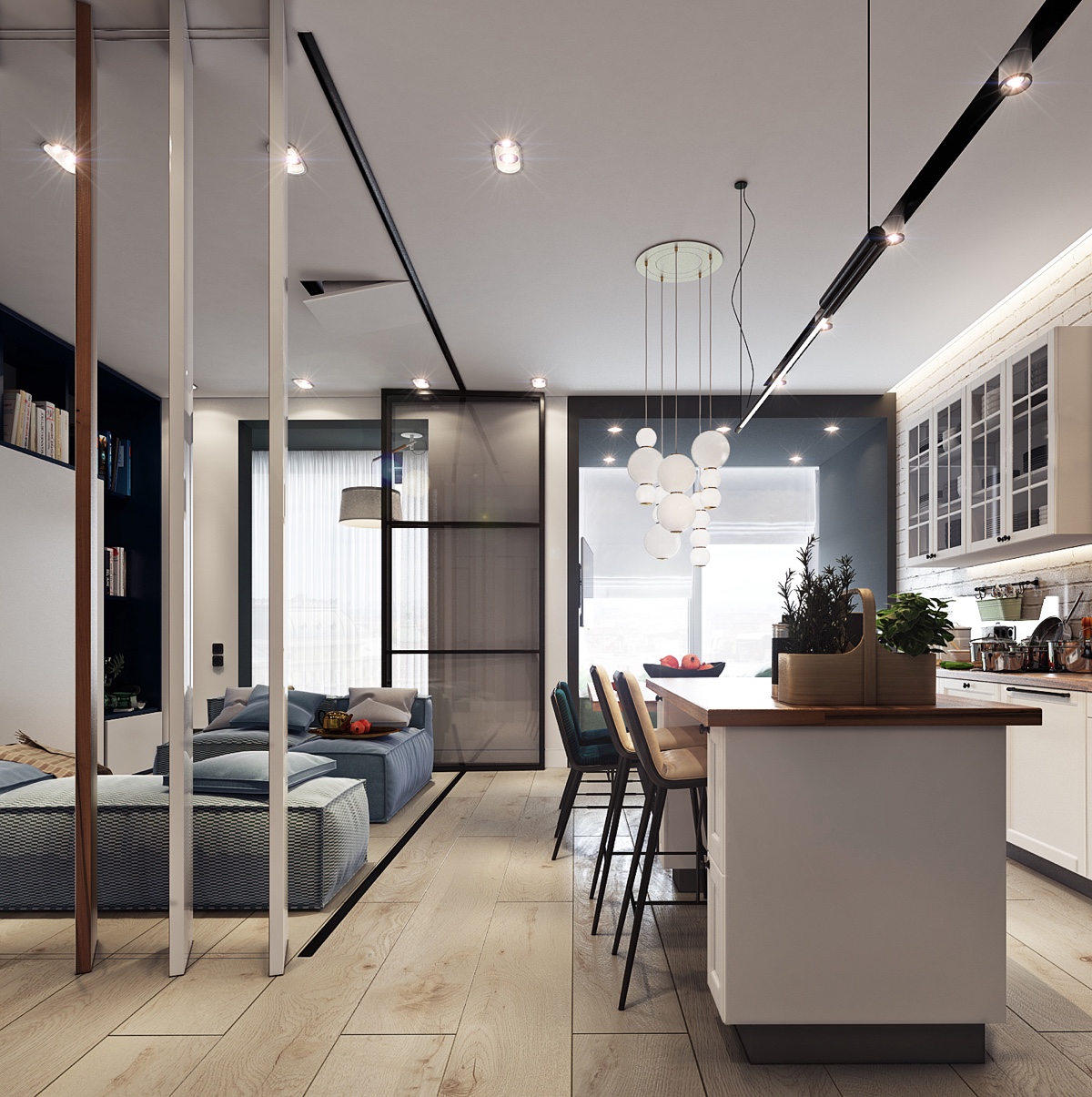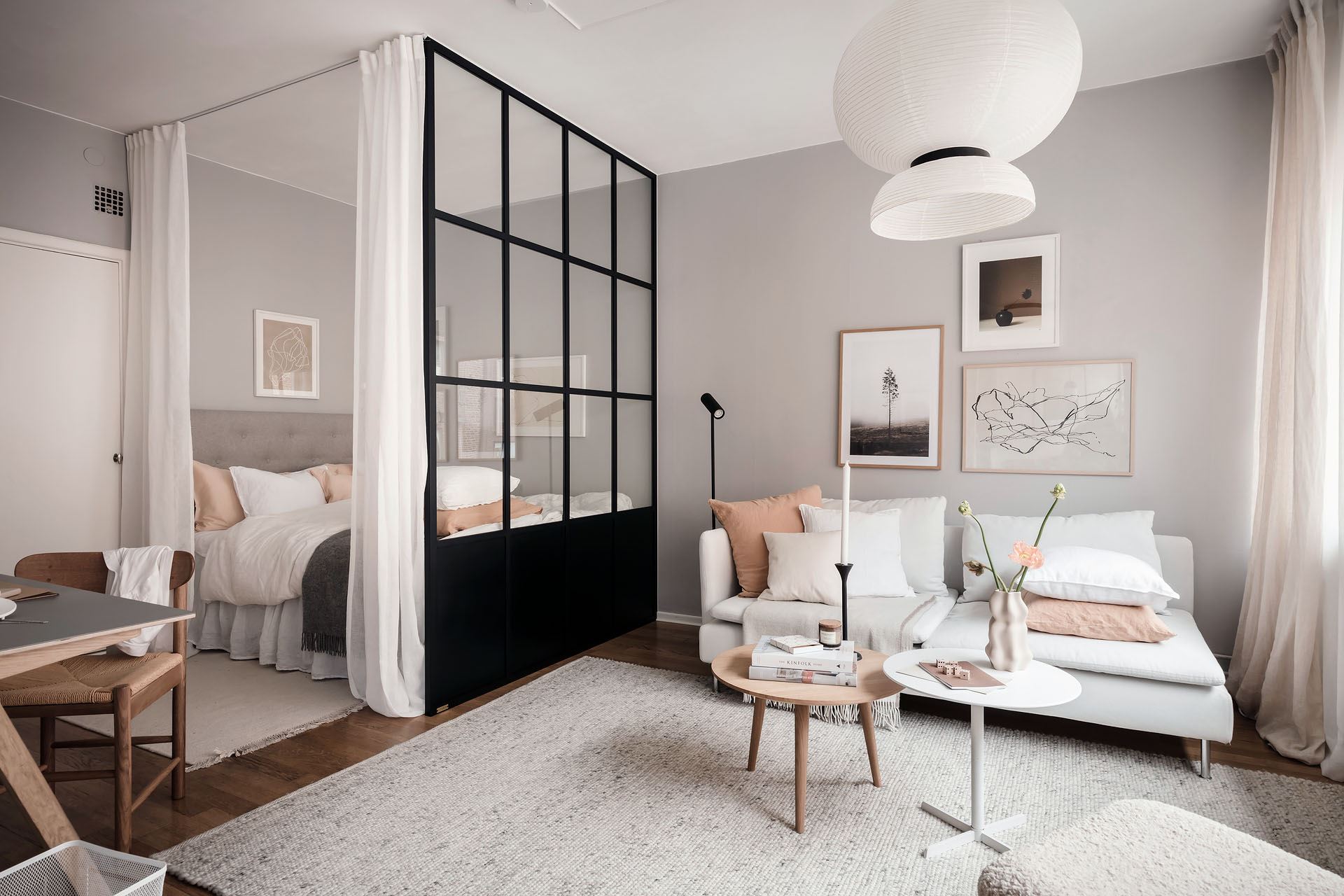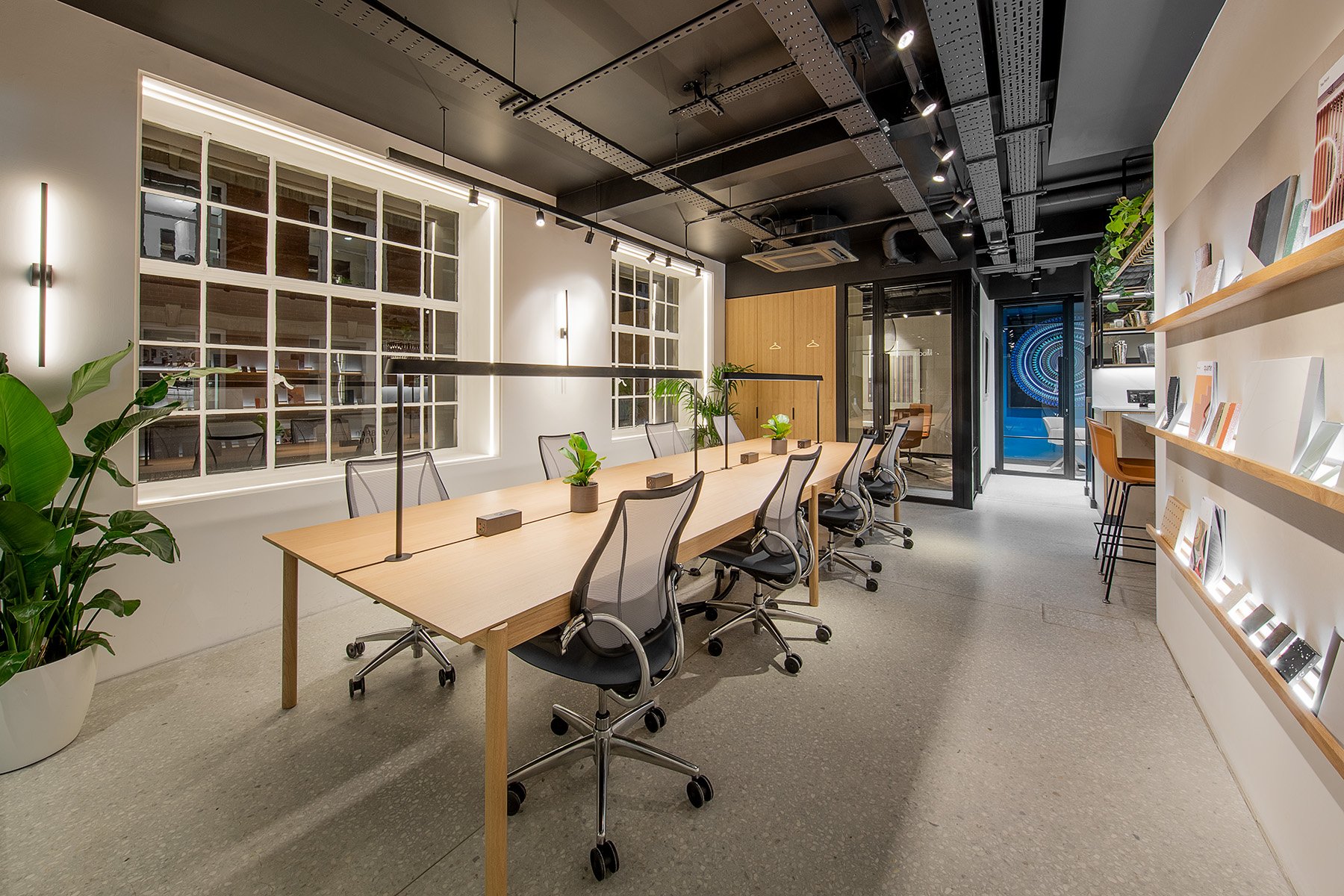Mastering Your Creative Voice: Style And Studio Unveiled
In the dynamic world of creative endeavors, two concepts stand as pillars of identity and innovation: style and studio. While a "studio" often refers to a physical space—a sanctuary for creation, experimentation, and refinement—"style" is far more ethereal, yet equally foundational. It is the distinctive fingerprint of an artist, a designer, a writer, or any creative professional, shaping how their work is perceived and experienced.
This article delves deep into the symbiotic relationship between style and the studio environment, exploring how one nurtures the other, leading to truly unique and impactful creations. We will unravel the multifaceted meaning of style, examine its evolution, and understand how a dedicated studio practice is indispensable for its cultivation and expression.
Table of Contents
- The Essence of Style: More Than Just a Trend
- Defining Style: A Spectrum of Expression
- The Studio: A Crucible for Creative Style
- Cultivating Your Unique Style Within the Studio
- The Evolution of Style: From Craze to Classic
- Style in Practice: Diverse Applications
- The Business of Style: Authenticity in the Marketplace
- Conclusion: Your Creative Journey, Defined by Style and Studio
The Essence of Style: More Than Just a Trend
When we talk about "style," it's easy to conflate it with fleeting trends or passing fads. We might hear terms like "craze," "fad," "fashion," "mode," "rage," and "vogue" used as common synonyms. While these words certainly describe popular expressions of the moment, the true meaning of style runs much deeper. It is, fundamentally, "a particular manner or technique by which something is done, created, or performed." This definition underscores style's enduring quality, setting it apart from the transient nature of mere trends.
Consider the difference: a specific clothing item might be "in vogue" this season, but a designer's underlying aesthetic—their consistent approach to silhouette, texture, and color—constitutes their unique style. This distinctive manner transcends seasonal shifts, becoming a recognizable signature. It's not about what's currently popular, but how an individual or group consistently approaches their craft. This inherent consistency is what allows style to become a hallmark, a defining characteristic that persists and evolves, rather than simply disappearing when the next trend emerges.
Defining Style: A Spectrum of Expression
To truly grasp the concept of style, we must look beyond its superficial interpretations and appreciate its multifaceted nature. The word itself, derived from the Middle English "stile" or "stele," originally referred to a "writing tool" or "stylus," hinting at its connection to a distinctive mark or imprint. This historical context helps us understand style as a unique way of leaving one's creative signature.
Style as a Distinctive Manner
One of the most common ways to understand style is as "a way of doing something, especially one that is typical of a person, group of people, place, or..." It describes an inherent approach or characteristic behavior. Think of "his rapid manner of talking," which immediately paints a picture of a person's communication style. Or consider "their nomadic mode of existence," illustrating a specific lifestyle. In a geographical context, we might refer to something being "in the characteristic New York style," evoking a sense of urban energy and distinct aesthetic.
In the creative realm, this definition is particularly potent. Style is the word that's often used to describe "the distinctive way in which artists, designers, and other creative types practice their crafts." It encompasses their chosen techniques, their preferred mediums, their thematic concerns, and even their working habits. For a painter, it might be their brushwork; for a musician, their unique melodic phrasing, like when someone "attempted to sing the song in the style of Elvis Presley." It's the underlying method that makes their output uniquely theirs, setting them apart in a crowded creative landscape.
Style as Form and Design
Beyond a manner of doing, style also refers to "a particular form or design of something." This aspect focuses on the visual or structural characteristics of a creation. For instance, "the city contains many different styles of architecture," referring to the distinct visual languages of Gothic, Art Deco, or Brutalist buildings. Similarly, "the style of the house was too austere for their liking" points to the aesthetic qualities of a structure.
This definition extends to all forms of design. A fashion designer doesn't just create clothes; they create garments that embody "a particular kind, sort, or type, as with reference to form, appearance, or character." When a designer "launches a line of cardboard bathing" (as mentioned in the data), it's not just about the material, but the innovative and perhaps provocative form and character that defines their specific design style. It's about the visual language they employ, the shapes they favor, and the overall aesthetic impression their work conveys.
The Studio: A Crucible for Creative Style
While style is an abstract concept, its development and expression are deeply rooted in a tangible or conceptual space: the studio. The studio is more than just a room; it's a dedicated environment, a sanctuary, and a laboratory for creative exploration. It's where the raw materials of ideas and inspiration are transformed into concrete manifestations of style.
In the studio, an artist or designer finds the necessary conditions for focused work, free from external distractions. It's a place equipped with the right tools, whether they are paintbrushes, digital tablets, sewing machines, or simply a quiet desk and a pen. More importantly, the studio provides the mental space for deep concentration, allowing for the iterative process of creation and refinement. Without this dedicated environment, the consistent practice required to hone a distinctive style would be incredibly difficult to maintain.
The studio is where a creative individual can consistently apply "a particular manner or technique by which something is done, created, or performed." It's the arena for the "performance" of their craft, where they can experiment with different approaches, make mistakes without judgment, and gradually discover what truly resonates with their inner voice. The sustained effort within the studio is what transforms an initial inclination into a fully realized, recognizable style.
Cultivating Your Unique Style Within the Studio
A distinctive style isn't something one simply possesses; it's something that is diligently cultivated and refined over time. The studio serves as the ideal breeding ground for this evolution, offering the freedom and structure necessary for deep creative work. It's a space where raw talent is forged into a unique artistic identity.
Experimentation and Iteration
The journey to developing a unique style is inherently experimental. It involves trying out new techniques, pushing boundaries, and not being afraid to fail. The studio provides a safe haven for this process of trial and error. Artists and designers can freely explore different approaches, knowing that not every attempt will be a masterpiece. This freedom to experiment is crucial for discovering what truly works and what feels authentic to their vision.
Consider two artists who "have radically different styles." Their distinctiveness likely didn't emerge overnight. It was forged through countless hours of experimentation, where they tried various methods, learned from their outcomes, and gradually gravitated towards what felt most natural and expressive. Even when someone "attempted to sing the song in the style of Elvis Presley," the initial imitation is often a stepping stone. The studio allows for the iterative practice of trying, analyzing, and then adapting, eventually leading to a unique interpretation rather than mere mimicry. This continuous cycle of creation and refinement is the engine of style development.
Reflection and Refinement
Beyond active creation, the studio is also a space for crucial reflection. Once a piece of work is created, stepping back and analyzing it is vital for growth. The studio allows for this critical distance, enabling the artist to evaluate their "manner or technique." What worked? What didn't? How can this particular way of doing something be improved or made more consistent?
Refinement is the process of polishing and perfecting one's approach. It's about honing the "technique which an individual author uses" in writing, or the specific brushstrokes a painter employs. This often involves revisiting older works, understanding the evolution of one's creative voice, and consciously making choices to strengthen the distinctive elements of their style. The solitude and focus offered by a dedicated studio environment are indispensable for this introspective and refining process, ensuring that the emerging style is not just unique, but also robust and intentional.
The Evolution of Style: From Craze to Classic
Styles, like living entities, evolve. They can emerge from a "craze" or a "fad," gain widespread acceptance as a "fashion" or "mode," and in rare instances, transcend their temporal origins to become timeless "classics." The journey from a transient trend to an enduring stylistic movement is often paved with consistency, innovation, and the sustained output that only a dedicated studio practice can facilitate.
Initially, a new approach might seem radical or unconventional. Think of the designer who "launches a line of cardboard bathing" – an idea that might initially be dismissed as a "rage" or a niche "vogue." However, if that designer consistently applies a unique vision, pushes boundaries with their forms and materials, and maintains a distinct aesthetic through their studio work, what began as a novelty can mature into a recognized and influential style. This transition requires more than just a single innovative idea; it demands a coherent body of work that demonstrates a consistent "particular form or design of something."
The longevity of a style is often a testament to its foundational principles and its ability to resonate across different eras. While many styles may fade as quickly as they appear, those that are deeply rooted in a distinctive "manner or technique" and consistently expressed through a rigorous studio practice tend to endure. They become part of the lexicon of creative expression, influencing future generations and becoming benchmarks against which new forms are measured. The sustained effort within the studio is what solidifies a style, allowing it to move beyond mere trendiness and achieve a lasting impact.
Style in Practice: Diverse Applications
The universality of style is evident in its pervasive application across virtually every creative discipline. It's not confined to visual arts or fashion; it permeates how we communicate, build, and compose. Understanding these diverse manifestations helps solidify our grasp of what style truly means.
In the realm of literature, "the style in writing can be defined as the way a writer writes and it is the technique which an individual author uses." This encompasses everything from word choice and sentence structure to narrative voice and thematic development. Think of the stark prose of Hemingway versus the intricate sentences of Faulkner—each possesses a distinct and recognizable writing style honed through countless hours of solitary practice, often within their own metaphorical or literal "studio" of thought and composition.
Architecture provides another clear example. "The city contains many different styles of architecture," showcasing how different eras and cultural influences manifest in distinct structural forms and aesthetic principles. From the ornate details of Victorian buildings to the minimalist lines of modern structures, each represents a "particular kind, sort, or type" of design. Similarly, when "the new houses have been built in a..." (implying a specific contemporary or traditional style), it speaks to the intentional application of a design philosophy that dictates form, material, and overall appearance.
Music, dance, film, and even culinary arts also demonstrate unique styles. A musician's style is evident in their phrasing, harmony, and rhythm. A chef's style can be seen in their plating, flavor combinations, and presentation. In every field, style acts as the unifying thread, the signature that makes a creation immediately attributable to its originator or a particular school of thought. It's the mastery of "a particular manner or technique by which something is done, created, or performed" that sets truly distinct work apart.
The Business of Style: Authenticity in the Marketplace
For creative professionals, their unique style is not merely an artistic expression; it is a critical asset in the marketplace. In a world saturated with content and products, a distinctive style serves as a powerful differentiator, establishing expertise, authority, and trustworthiness (E-E-A-T) with clients and audiences. It directly impacts their livelihood, making it a "Your Money or Your Life" (YMYL) aspect of their career.
A well-defined style acts as a brand. When clients seek out a photographer, a graphic designer, an architect, or a writer, they are often looking for a specific aesthetic or approach that resonates with their needs. If an artist has cultivated a consistent and recognizable style through their dedicated studio practice, they build a reputation for a particular "form, appearance, or character" of work. This consistency fosters trust; clients know what to expect and can confidently invest in their services, knowing the artist's unique "manner or technique" will deliver a predictable quality and aesthetic.
Furthermore, an authentic style demonstrates expertise. It shows that the creative has mastered their craft and developed a unique voice rather than simply mimicking others. This authority allows them to command higher fees and attract more desirable projects. The ability to articulate and consistently deliver a specific style becomes a powerful business tool, transforming creative passion into a sustainable career. For many, their style *is* their business, directly influencing their financial stability and professional trajectory.
Conclusion: Your Creative Journey, Defined by Style and Studio
The journey of any creative endeavor is inextricably linked to the development of a unique style, nurtured and refined within the dedicated space of a studio. Style, far from being a fleeting trend, is the deeply ingrained "particular manner or technique by which something is done, created, or performed." It is the signature of an artist, the distinctive way they practice their craft, and the unique form their creations take.
From the origins of the word "style" as a writing tool to its modern application across architecture, literature, and design, it consistently points to individuality and mastery. The studio, whether a physical room or a disciplined mindset, provides the essential environment for experimentation, iteration, reflection, and refinement—the very processes that allow a nascent creative voice to mature into a recognizable and impactful style. This synergy between personal expression and dedicated practice is what ultimately defines a creative professional's identity and success.
What does 'style' mean to you in your creative endeavors? How has your own "studio" environment, whether physical or mental, shaped your unique approach? Share your thoughts and experiences in the comments below! If this article resonated with you, consider sharing it with fellow creatives or exploring our other resources on creative practice and design to further your artistic journey.

Beautiful studio apartment designs combined with modern and chic decor

18 small studio apartment ideas to be inspired by - COCO LAPINE

Launch of new Soho design studio marks exciting new chapter for TDA | TDA